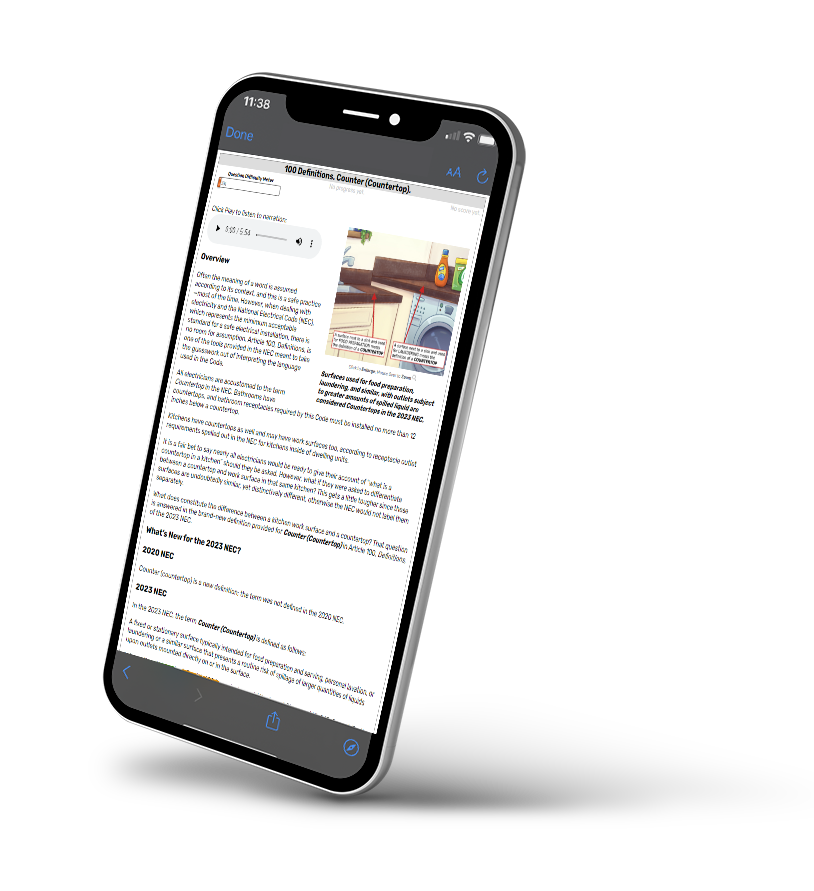Telesitter, the Electronic Sentry of Healthcare
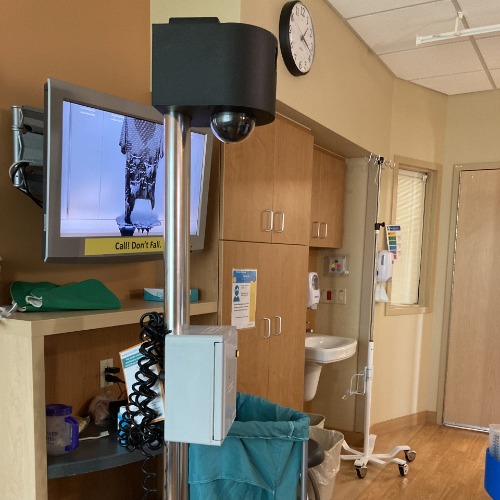
By: Jon Polly | Nov 03, 2021
Any security integrator who has spent time in healthcare has come across a Computer on Wheels (COW) where nurses can take notes, check vitals, administer medications, and more. COWs have been the mobility client for nurses everywhere. It would make sense that a COW could be more than just a mobility client, but rather a mobile observation client. These mobile observation clients, or telesitters as they have come to be known in healthcare, stand as an electronic sentry, watching over patients day and night. The telesitter platform, a connected Internet of Things (IoT) device, offers a multitude of capabilities that allow hospital staff to remotely monitor patients in an effort to reduce personnel costs and liabilities.
For many years, healthcare facilities have used cameras, either covert or overt, in rooms where the patients were considered a danger to themselves or others. These cameras were patched into the local nurses’ station for a 1:1 constant visual observation just a short distance from the patient’s room; as well as to the security office when needed.
The telesitter application allows a single clinical technician to monitor between 12 and 16 patients simultaneously. While the security industry has been monitoring cameras from central monitoring stations for many years, nursing staff and hospital administrators are finding value in real-time monitoring. Hospitals have seen a decrease in overhead costs from not having to pay human sitters and by reducing the number of patient fall events due to increased visual coverage of the facility. Since 2008, major hospitals have rolled out versions of the telesitter, with AvaSure and the release of the Guardian® telesitter.
Then, there was the COVID-19 Pandemic, which forced hospital administration to get creative on ways to keep physical eyes on patients, but to remove the nurse and volunteer sitters from the scenario to prevent the spread of COVID to patients and essential personnel. The telesitter became not only a nicety, but a necessity for healthcare facilities of all sizes. The telesitter became good business for forward thinking companies, including innovative security integrators, MBX Systems and the release of Kori® and Intellisite with the release of its human Based Monitoring® (hBM), and more.
Telehealth on Wheels
Sold as mobile platforms, these rolling carts, or COWs, typically offer a large monitor (up to a 32″) with touchscreen capabilities. The cart can be used by doctors to interact with patients while socially distancing using several telehealth or virtual meeting technologies to speak with and diagnose systems. While telehealth rarely offers a more comprehensive examination than an in-person examination, difficult times called for difficult measures.
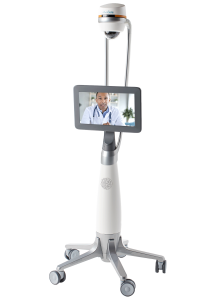
Figure 1: AvaSure Guardian® |
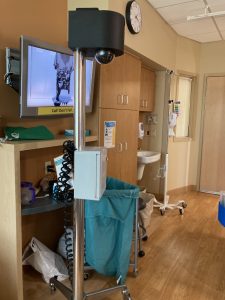
Figure 2: Unknown Security Integrator using DotWorkz enclosure |
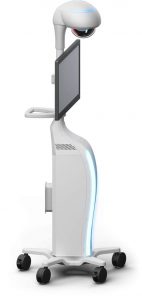
Figure 3: MBX Systems Kori® |
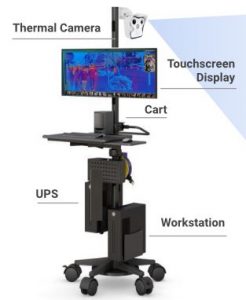
Figure 4: Intellisite hBM® |
Portable Surveillance Platform
Many of the mobile platforms have been equipped with one or multiple cameras. These cameras may be tied directly into the nurses’ station and can be tied into security as needed. While the camera functionality may differ depending on platform manufacturer, the Kori® and others use the camera as an addition to the surveillance system. The hBM® provides a thermal image directly to the large monitor, identifying high-risk individuals in real time. The platforms are outfitted with any number of computer platforms, from workstations to small server sized offerings. Per Wendy Deibert, VP Clinical Solutions at Caregility, in a Healthcare IT (Information Technology) Today post, “Patient privacy is always a consideration in a hospital setting and video monitoring is no exception. Each hospital has its own policies which may be as simple as turning the camera off at certain times or requiring a badge scan to turn the camera on by approved providers. Patient video is not recorded or stored, which can ease the concerns of patients or their family members. Often the consent is incorporated into admissions forms.”
Cameras on a platform may be a fixed camera, a Pan-Tilt-Zoom (PTZ), or a Fixed Thermal application, depending on the manufacturer and customer need. For each manufacturer, the use of the camera is different. The modular capability of these platforms allows for a custom solution for each healthcare customer or facility.
Connectivity is typically achieved via secured Wi-Fi or through cellular routers onboard, or both. Unlike a traditional COW, the telesitter is streaming video real-time and this can affect the wireless network, as well as many cellular connections inside the healthcare facility.
Legal Concerns
Patient data is protected under the Health Insurance Portability and Accountability Act (HIPAA). Any patient data, electronic or chart data, and video must be protected. Each hospital must create a policy on how patient viewing is handled. This policy should be in place before a telesitter is deployed.
Surveillance technology in patient rooms does not require Food and Drug Administration (FDA) approval. However, the FDA does regulate all telethermographic systems, which thermal cameras fall under. Therefore, any telesitter utilizing thermal cameras should have an FDA-approved camera (the Intellisite hBM® offers an FDA-approved camera).
Telesitters should not replace the human constant one on one visual observation of patient(s) who are at high risk for suicide. Per The Joint Commission, a healthcare accreditation agency:
“For patients identified as high risk for suicide, constant 1:1 visual observation should be implemented (in which a qualified staff member is assigned to observe only one patient at all times) that would allow the staff member to immediately intervene should the patient attempt self-harm. The use of video monitoring or “electronic sitters” would generally not be acceptable in this situation because staff would not be immediately available to intervene. The use of video monitoring would be acceptable as a compliment to the 1:1 monitoring, but not acceptable as a stand-alone intervention.
For patients at high risk for suicide, video monitoring should only be used in place of direct line-of-sight monitoring when it is unsafe for a staff member to be physically located in the patient’s room. In addition, for both direct line-of-sight and video monitoring of patients at high risk for suicide, the monitoring should be constant 1:1 (at all times, including while the patient sleeps, toilets, bathes, etc.) and the monitoring must be linked to the provision of immediate intervention by a qualified staff member when required.
The use of “electronic-sitters” or video monitoring for patients who are NOT at high risk for suicide is up to the discretion of the organization. There are currently no leading practices on how to use video monitoring to monitor those at risk for suicide. It is important to reassess patients who are at risk for suicide, despite the monitoring method that is chosen. “
Conclusion
Innovation will always continue. As IoT applications garner more acceptance, the challenge will be to innovate more. The telesitter has offered healthcare administrators reduced personnel costs and increased visual coverage of the facility through using traditional surveillance techniques on non-traditional mobility platforms. Like an electronic sentry standing guard over a patient, the telesitter offers a telehealth platform when traditional bedside manner has been impeded.

